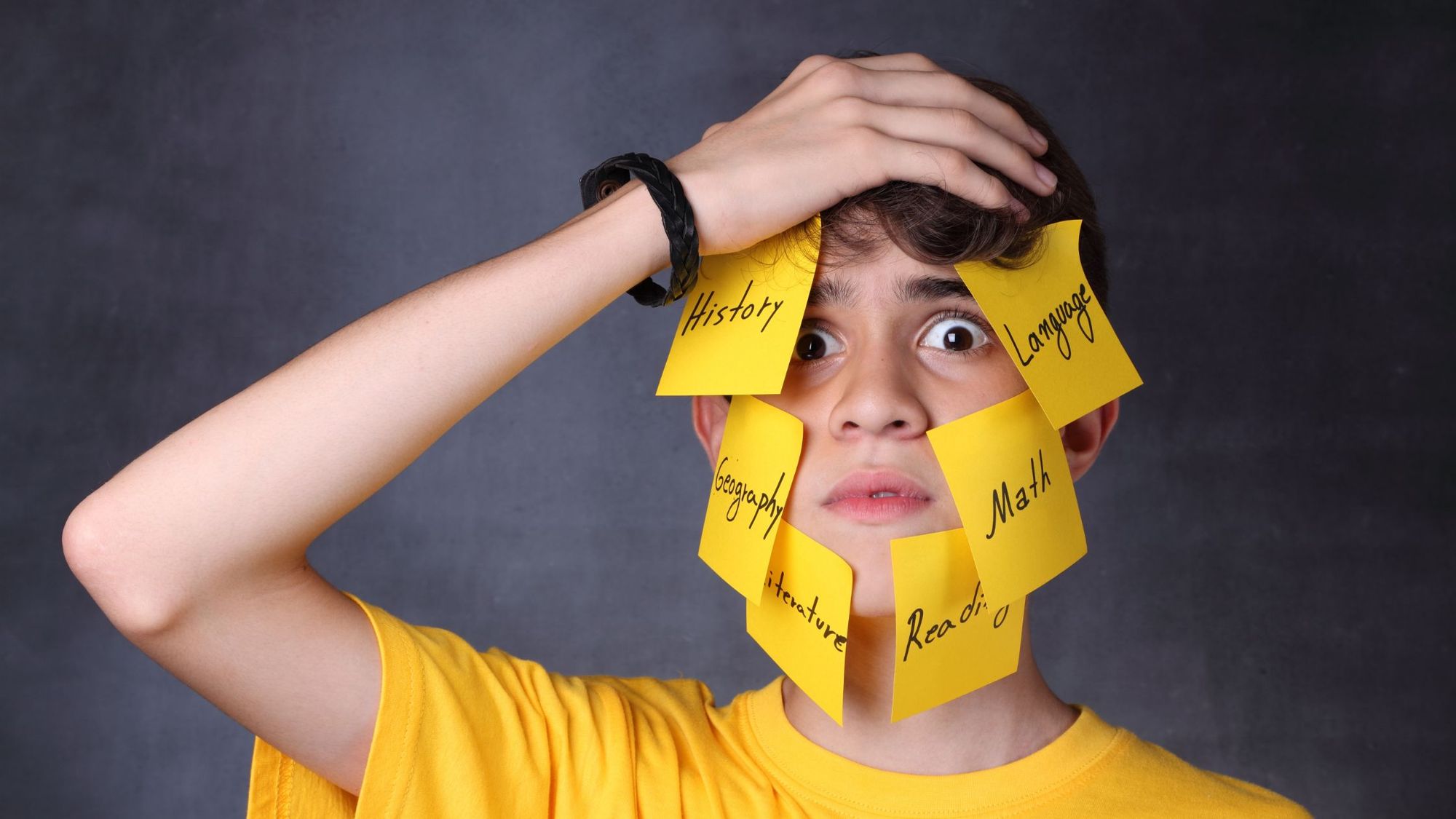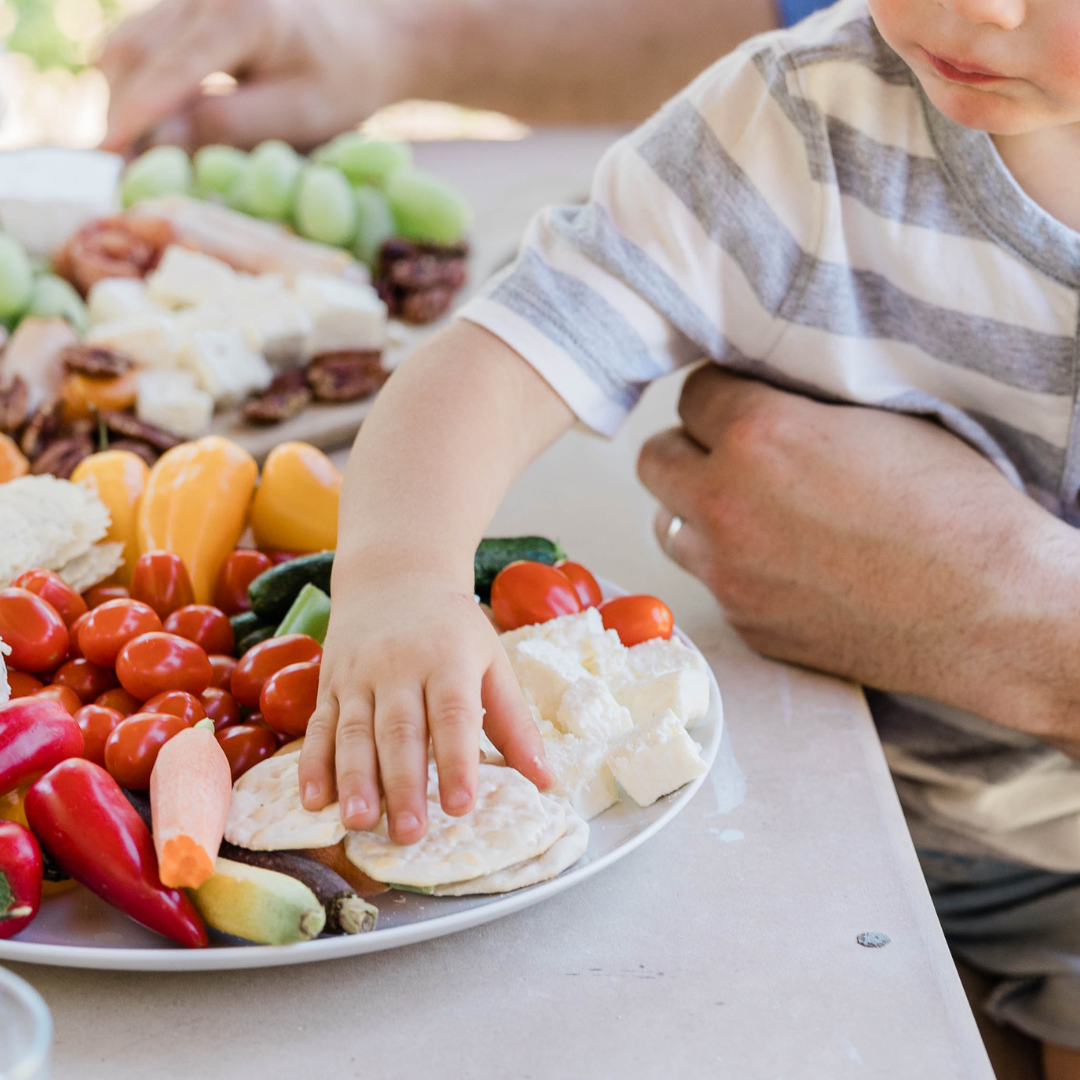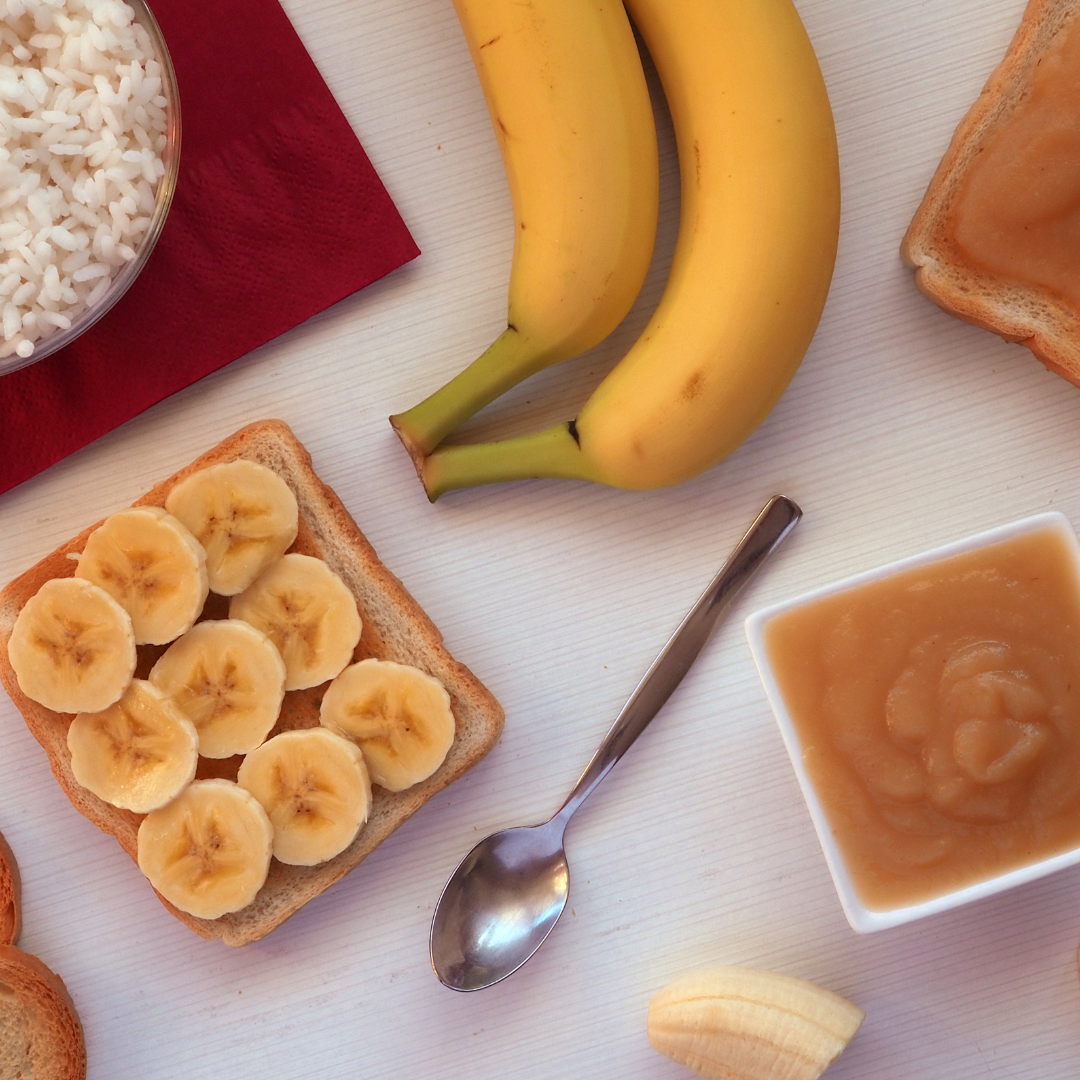
Stress in children is more common than you think, and childhood is not necessarily a carefree time in one’s life. It’s easier to spot the signs of stress or anxiety in your teen children. However, if you watch for the signs of stress in children that are younger, you may realize that even toddlers face some form of stress which is why they experience meltdowns when they don’t get what they want, or become overstimulated and too tired. In short bursts, stress could have a positive impact. For example, a burst of stress about grades or school could inspire kids to study for a test to get high grades, train for sports for the benefit of the team, or practice an instrument for self-growth in lieu of hanging out with friends.
However, unrelenting chronic stress in children is a different story, and a significant cause for concern that parents must take seriously before stressful situations escalate.
Examples of stress in children that could escalate into serious issues could be social stress due to bullying from peers, self-esteem issues, sibling bullying at home that you may or may not be aware of, inability to handle academic pressures due to an anxiety disorder, or depression due to body image issues because of puberty. Unfortunately, studies show that long-term chronic stress is a significant contributor to many physical and mental health problems.
Left unaddressed, stress in children could lead to eating disorders, unhealthy coping mechanisms such as Trichotillomania (pulling out hair compulsively), the development of serious mental health disorders, and more.
Intervening is essential when you see stress in children or teens, and you may need to book an appointment with a child psychologist if the symptoms of stress you’re noticing seem severe.

Why is Long-Term Stress in Children Worrisome?
Prolonged stress in children could weaken the immune system, cause mental health disorders to develop, or result in obesity due to disordered eating – or even lead to high blood pressure and other physical conditions. Stress could of course affect mental health because as the Mind Organization says, excessive stress is a precursor of anxiety and depression, and a traumatic period of stress could also lead to Post Traumatic Stress Disorder (PTSD). In extreme cases, a few adolescents who have been unable to cope with massive stress due to social isolation, bullying, and mental health issues have become assailants in mass school shootings.
Parents and older adults in the community bear the responsibility of keeping a watchful eye on children and their stress levels. Often, adults discuss their stress and ways to mitigate it, but tend to forget that children experience stress, too. Young kids and teens worry about school and getting along with peers, family members, and even pets. Body image issues and social issues are prevalent in schools.
Children could also suffer acute stress because of divorce or when a loved one dies. During these trying times, parents, guardians, and even teachers need to become pillars of support and teach children how to manage their turbulent emotions.
Below are some tips to help your kids cope with stress, including how to understand their triggers.
Stress in Children: The Various Triggers
Children in varying life stages have different sources of stress. If parents are determined to help their children navigate this complex world they brought them into, it’s crucial to understand the various stress triggers for kids, which vary based on age and circumstance. Identifying what these triggers are could help prevent excessive stress. Once children and parents know what to watch out for, they could be in a better position to address the situation and find solutions.
For young children, tension at home is a primary source of stress, especially if parents constantly fight, or sibling bullying is happening. Stressors may also include changing to a new home and school, meeting a new step-parent, or welcoming a new sibling. Moreover, another concern for young kids is complying with school requirements, interacting with teachers, dealing with bullies, and making friends. High achievers particularly feel stressed about making high grades and taking tests.
As kids grow older, their sources of stress expand. Changes in physique and raging hormones in puberty could trigger anxiety and stress in children, especially tweens and teens. Adolescents are also prone to peer pressure from issues of sex to using substances because they want to fit in. Some may also be experiencing their first romance, which is both a giddy and stressful time if heartbreak is involved.
For this reason, teenagers are more likely to be stressed by situations outside the home than young kids. If parents are determined to prevent a mental health crisis, paying attention to these triggers could potentially prevent self-harm, harm to others, drug and alcohol abuse, or eating disorders. Identifying what causes stress in children can help you plan ways to avoid it or teach your kids how to deal with the issue as it crops up.

Help Children by Recognizing the Signs of Stress
One way parents and adults could help mitigate stress in children is by recognizing its signs. Kids, especially teens, may not initiate a conversation about what’s bothering them. So it’s the parent’s job to stay attuned to children’s behavior and attitudes to nip any problems in the bud. Harness your keen powers of observation to see if your children are in distress. This will prevent exacerbation because you can intervene (if necessary) and offer a friendly ear or deeper support like therapy. The signs of stress in children include the following:
Behavioral changes
If a child with a normally sunny disposition acts out or an active teen becomes lazy, you should be alarmed. This could include neglecting responsibilities like chores or procrastinating on homework. There could also be a sudden dip in grades. Abrupt changes in behavior may indicate high stress and other underlying issues.
Extreme irritability
Is your sweet baby suddenly always angry or has emotional outbursts? Young kids may find it hard to put what they’re feeling into words. Emotions bubble up and they get more tense. Children and teens who feel stressed may manifest this as being in a bad mood. They could also be more argumentative or short-tempered than usual.
Sleeping issues
If your young kids or teens feel lethargic and tired all the time, they could be grappling with stress. They may find it hard to fall asleep at night, so they could stay in their rooms and sleep more than usual in their free time.
Changes in eating patterns
Stress in children and teens may manifest as having a poor appetite or a compulsion to binge eat. Watch out for any dietary changes, especially sudden weight loss or weight gain.
Getting sick often
As noted in the study above, stress can show up in the body and stress can manifest as physical symptoms. Children who get sick often could be stressed out since they suffer from lower immunity. Stressed kids are also known to report more tummy aches or headaches, making frequent visits to the school nurse. Some kids even suffer from bedwetting due to stress.
Teach Children Strategies That Promote a Sense of Calm
As much as possible, parents want to shield their children from harm, and this includes recognizing things that stress them out. But even the most hands-on parents can’t completely eliminate their children’s source of stress. And that’s okay because it would be a terrible disservice to children if you fight their battles for them. Shielding kids from life’s difficulties is not realistic. After all, life is not perfect so stress is normal and ought to be expected.
Thus, kids need to learn what to do and how to handle stressful stimuli on their own because their parents will not be there all the time. It’s very important to raise a resilient child who can bounce back from stress, challenges, and hardships. Help your children manage stress by teaching them a few techniques to calm their spirits when things go awry. Check them out below:
Demonstrate deep breathing techniques
Teach your kids how to take deep breaths by moving their bellies and not the chest. Practice this by having them place one hand on their belly and one on the chest. When breathing in oxygen, their tummy should jut out. When they exhale, the tummy will deflate and move in. Deep breathing techniques counter stress by stimulating the parasympathetic nervous system. This is the “rest-and-digest” system that fosters relaxation and returns balance. Inhaling oxygen slows down the heart rate and a harried mind also slows down. Tell your kids to do this when they feel on the edge. You can also practice some of these other breathing exercises with your child.
Foster relaxation with visualization exercises
To relieve stress, teach your kids how to do visualization exercises. Ask your kids to close their eyes and imagine their happy place. It could be their favorite beach with rolling waves, an amusement park with fun rides, or even just a quiet corner in your home. Encourage your kids to use their imaginations to think about the things they see, hear, smell, and touch when they’re there. This works just like deep breathing, helping children reset and calm down.
Explain why counting numbers may help
Another simple technique to help manage stress is counting. All kids, even the younger ones can count to ten. Older teens could skip count to 50 or pick a higher number and count backward to zero. Let your kids identify which counting method works for them. The process of counting keeps the mind occupied and diverts attention from the source of stress. This strategy calms both mind and body. It may also help your kids stay focused and prevent them from saying harshly or doing something drastic that they will regret later on.
Encourage physical activities
Movement is a vital stress reliever for people of all ages, may it be through sports, play, or exercise classes. The US Center for Disease Control (CDC) recommends 60 minutes of physical activity for kids ages 6 to 17 years old.
Talk it out and ask questions
Always keep communication lines open. Remind your kids to share their feelings, especially when they’re in the center of stressful situations. If they don’t feel like talking to you, encourage them to talk to a trusted adult who can provide guidance, help put things in perspective, or offer suggestions for solutions.
Asking questions is crucial to understand stress in children, and what’s going on in their life.
For example, as a parent, you may not be aware that sibling bullying is going on when you’re not home. If your kids are old enough to be left with the eldest sibling, it’s possible that you have no idea sibling bullying between one or more siblings is going on. This type of bullying and chaotic home environment can show up in adulthood as serious mental health disorders develop from it. Asking the right questions and checking in with your children about if anything went wrong throughout their day will help you figure it out and intervene.
Teach Your Children the Concept of Conflict Resolution
Whether you have young kids or teenagers, it would help to teach your children conflict resolution skills, so they can identify the root of their stress, and come up with their own sensible solutions. Although it’s tempting to swoop in to solve everything for your kids, this is detrimental to their growth because they will lose the chance to learn how to handle frustration. Instead, think of this as a teachable moment and provide guidance so they will learn how to cope on their own.
Ask your kids to identify the problem and think of potential solutions. Are there any other options to get things done? Is there anyone apart from you who can help them? Encourage them to think of the next steps they must take to relieve their burdens. By allowing your kids to solve low-stake problems, you foster healthy coping skills. In the end, they will feel proud of themselves and feel confident in dealing with any future setbacks or sources of stress by themselves.
Encourage Children to Practice Proper Sleep Hygiene
Sleep is essential for stress management, especially for growing kids. It is vital for emotional well-being as well as physical growth. Sleep deprivation elevates cortisol, the stress hormone, and results in cranky children who feel lethargic. So you must encourage proper sleep hygiene to keep stress in children at bay.
Experts say kids ages 6 to 12 years old need 9 to 12 hours of sleep, while teens need 8 to 10 hours of sleep. You can protect your kids’ sleep by encouraging proper sleep hygiene. This includes the following:
- Establish a bedtime routine
- Avoid having gadgets in the bedroom
- Utilize calming scents like lavender
- Limit gadget use within the day to prevent overstimulation
- Use cozy pillows and sheets to encourage deep sleep
- Play calming music or white nose to prevent distractions
Simplify Hectic Schedules to Curb Stress in Children
Many kids have a lot of activities on their plates. Apart from school, they could be juggling sports, musical instruments, social clubs, religious classes, etc. Remember, a loaded calendar puts tons of stress on everyone in your family. Ask your kids if they like all their activities. Suggest cutting down to one or two extracurricular activities a week. Children need to have down time and the freedom to play to their heart’s content.
Perhaps you and your family can take a CircleDNA test to see which types of activities or hobbies are most suited for everyone in your family based on your genetics. This at-home test shares information on ancestry, disease risk, nutrition, exercise, personality traits, etc. You might find out your kids have a genetic talent for music or drawing. This could help you plan activities and make a more simplified schedule. This means your kids can be less stressed, including you because you don’t have to drive them everywhere.
The DNA test results will also indicate genetic stress, sleep and coping issues that might lie in your genetic makeup.
Find Time for Fun and Relaxation Together
As adults, parents can ensure they don’t add to their children’s stress by not expecting them to act like adults. Kids are constantly learning and tend to make mistakes, so it’s important to be patient and guide them with kindness. Even if you feel disappointed in your kids’ behavior, reprimand them from a place of love and concern. And, of course, find time to take them to do things that bring them happiness and joy. Whether it’s building bricks with the little ones, biking around the block with older kids, going to a local fair, or playing sports with your teens, find fun ways to connect with your children to bring down their stress levels.
Doing these fun activities or hobbies as a family will forge stronger bonds, create happy memories, and help harness children’s self-confidence. All of these things are essential in fighting future stress. More importantly, they make children feel happy, which is the number enemy of mental distress. Making time for fun will help kids develop resilience to stress. So in the times when children feel sad, they will have a repository of happy memories to dig deep from which could help them fight bad feelings and negative thoughts. The most important thing to remember when it comes to stress in your children, is being there for them in a non-judgmental way, only wanting to help address the issue from a place of love.
References:
- Life Event, Stress and Illness (Mohd. Razali Salleh) https://www.ncbi.nlm.nih.gov/pmc/articles/PMC3341916/
- Stress (Mind Organization) https://www.mind.org.uk/information-support/types-of-mental-health-problems/stress/what-is-stress/
- Deep breathing techniques can relieve your stress (Christine Yu) https://www.dignityhealth.org/articles/deep-breathing-techniques-can-relieve-your-stress
- Physical activity guidelines for school-aged children and adolescents (CD) https://www.cdc.gov/healthyschools/physicalactivity/guidelines.htm
- Interactions between sleep, stress, and metabolism: From physiological to pathological conditions (Camila Hirotsu et.al.) https://www.ncbi.nlm.nih.gov/pmc/articles/PMC4688585/






